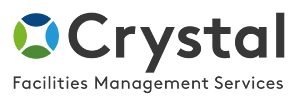Sports facilities require regular maintenance to ensure safety, hygiene, and peak performance for athletes and visitors. Clean, well-maintained environments not only prevent injuries but also improve the overall experience for players and spectators alike.
Why Cleanliness Matters in Sports Facilities
From gyms and stadiums to indoor courts, high foot traffic makes sports venues prone to dirt, sweat, and bacteria. A structured cleaning routine ensures surfaces remain safe, hygienic, and compliant with health standards.
Deep Cleaning for High-Traffic Areas
Daily cleaning may not be enough to manage the heavy use of sports facilities. Regular deep cleaning services help remove built-up dirt, sweat, and grime from equipment, locker rooms, and seating areas, maintaining a professional and safe environment.
Specialist Cleaning for Unique Surfaces
Sports facilities often have unique surfaces such as artificial turf, hardwood courts, or swimming pool areas that require specific expertise. Hiring specialist cleaning services ensures these surfaces are maintained correctly without damage, extending their lifespan and performance quality.
Conclusion
Maintaining sports facilities goes beyond daily sweeping and mopping. By integrating professional deep and specialist cleaning into your routine, you can provide a safe, hygienic, and high-performing space for athletes and visitors.


